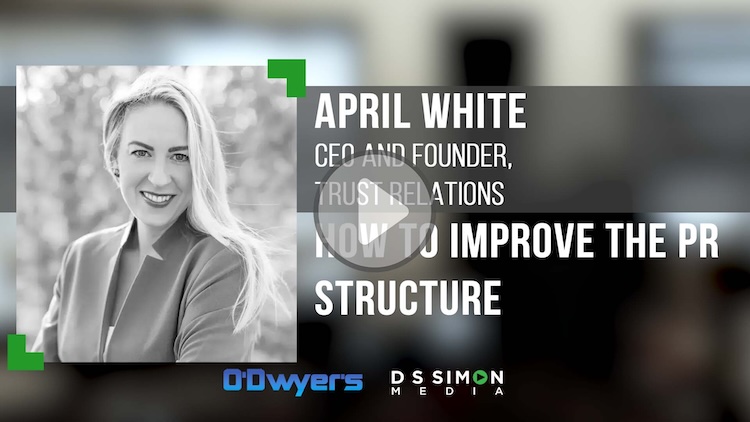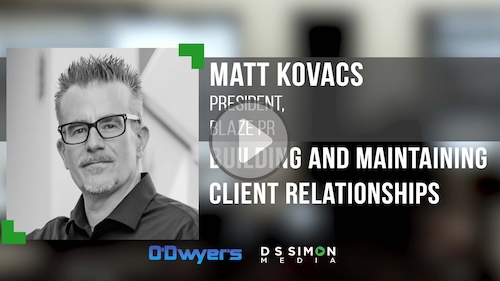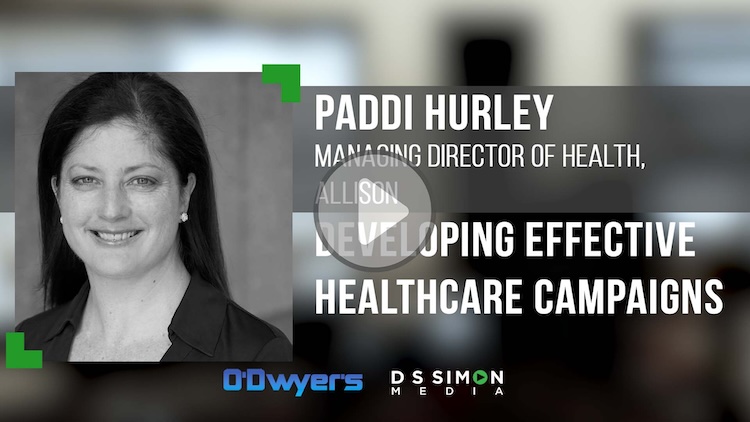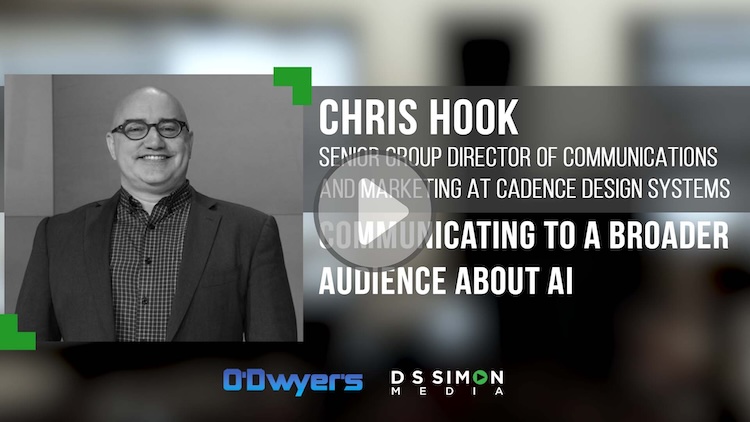For Cherilyn Cecchini, her job as a partner at FINN Partners is an extension of the "strong passion for helping people" that led her to become a medical doctor.
Cecchini's residency in pediatrics, she tells Doug Simon, showed her up close "how broken the medical system is." Not only was she spending almost no time with patients and a lot on the phone with insurance companies, but "there was so little information available to parents and patients that was accurate and credible."
To remedy that situation, she launched her own blog as a way to direct people to what she knew "was a reliable source of information." She tells Simon that she "became really passionate about communication, wanted to make an even greater impact on patients than I was in my day-to-day role as a provider."
That passion for communications led her to FINN, where she says she can focus on working to "eliminate that fragmentation in the health ecosystem."
For others looking to enter communications from a non-traditional career path, Cecchini suggests having "conversations with as many people as possible" who have followed similar paths, in addition to making use of such platforms as LinkedIn and Instagram.
She also gives fellow pathbreakers this advice: "Don't be afraid to leave that linear path. Oftentimes it's frowned upon to jump ship, leave clinical medicine, but there's no reason why a physician cannot apply their skill set to a different non-traditional career."
Moving on that non-traditional path has also shown Cecchini how "medical professionals, patients, agency leaders all share a common goal, and that's to deliver easy-to-understand information that's relevant about a patient's care journey."
To provide effective healthcare communications, she says that are "four pillars" that are essential. "The first is developing a therapeutic alliance. Really teaming together with the patient involving pediatric patients in medical discussions is the second. The third is communicating effectively with the whole family, whether that's parents, stepparents, siblings. And then the fourth is collaborative dialogue with the interdisciplinary team."
But perhaps most important, Cecchini tells Simon, is to "really hear the patients, understand what their specific needs are, what's important to them, and what are they looking to achieve as far as outcomes or what does satisfaction look like to them? Really understanding the nuances and the differences in the patients, the populations is critical."
While she admits that's a dautning goal, she tells Simon that "by understanding what's most meaningful to the patients and still also meets the needs of the physicians and the other groups, I think that's where it starts to come together most often."
View all of the interviews in the “PR's Top Pros Talk” series. Subscribe to get notified when new episodes are available.
Interested in taking part? Contact Doug Simon at [email protected]
D S Simon Media helps clients get their stories on television through satellite media tours and by producing and distributing content to the media. The company also produces live social media events.










 Have a comment? Send it to
Have a comment? Send it to 
No comments have been submitted for this story yet.